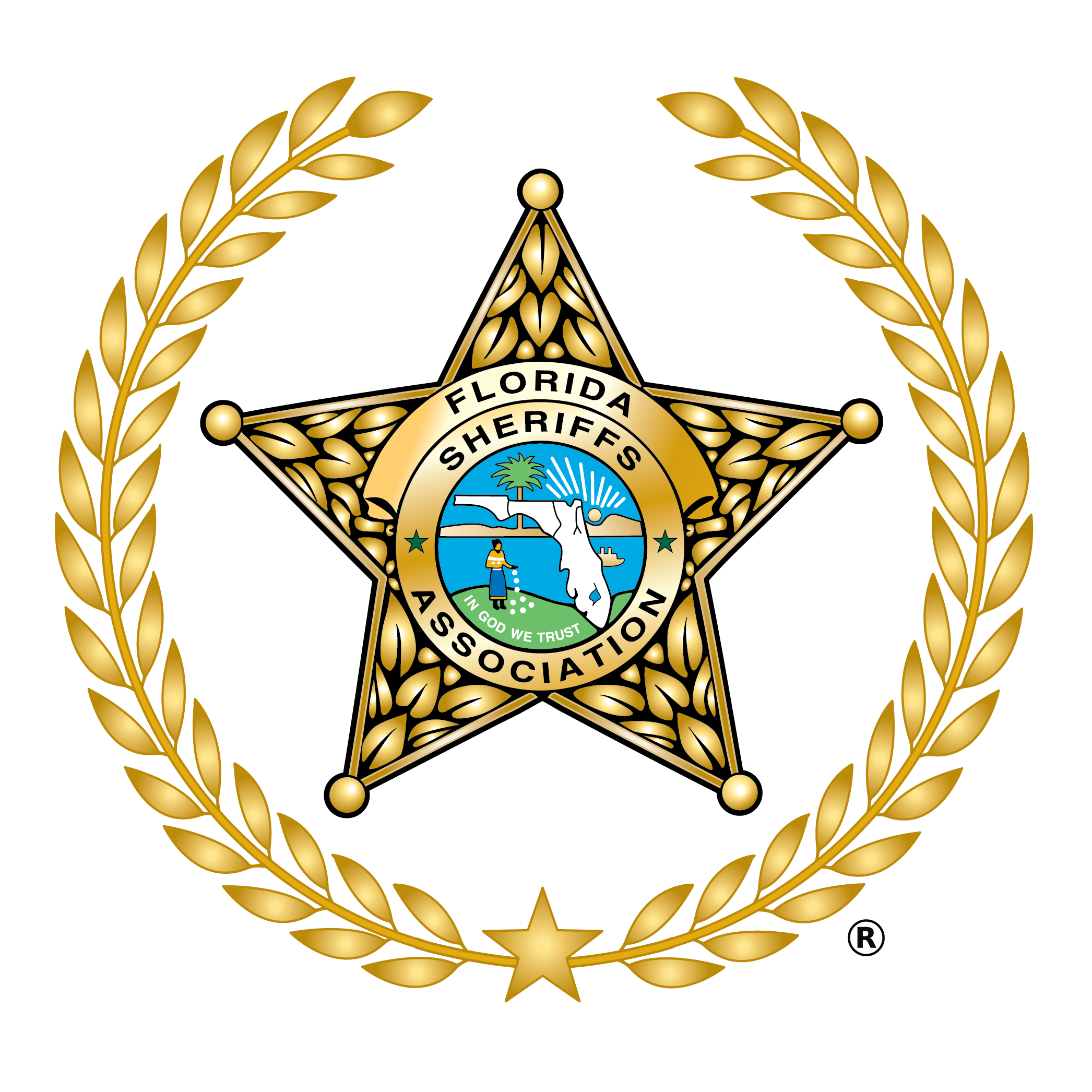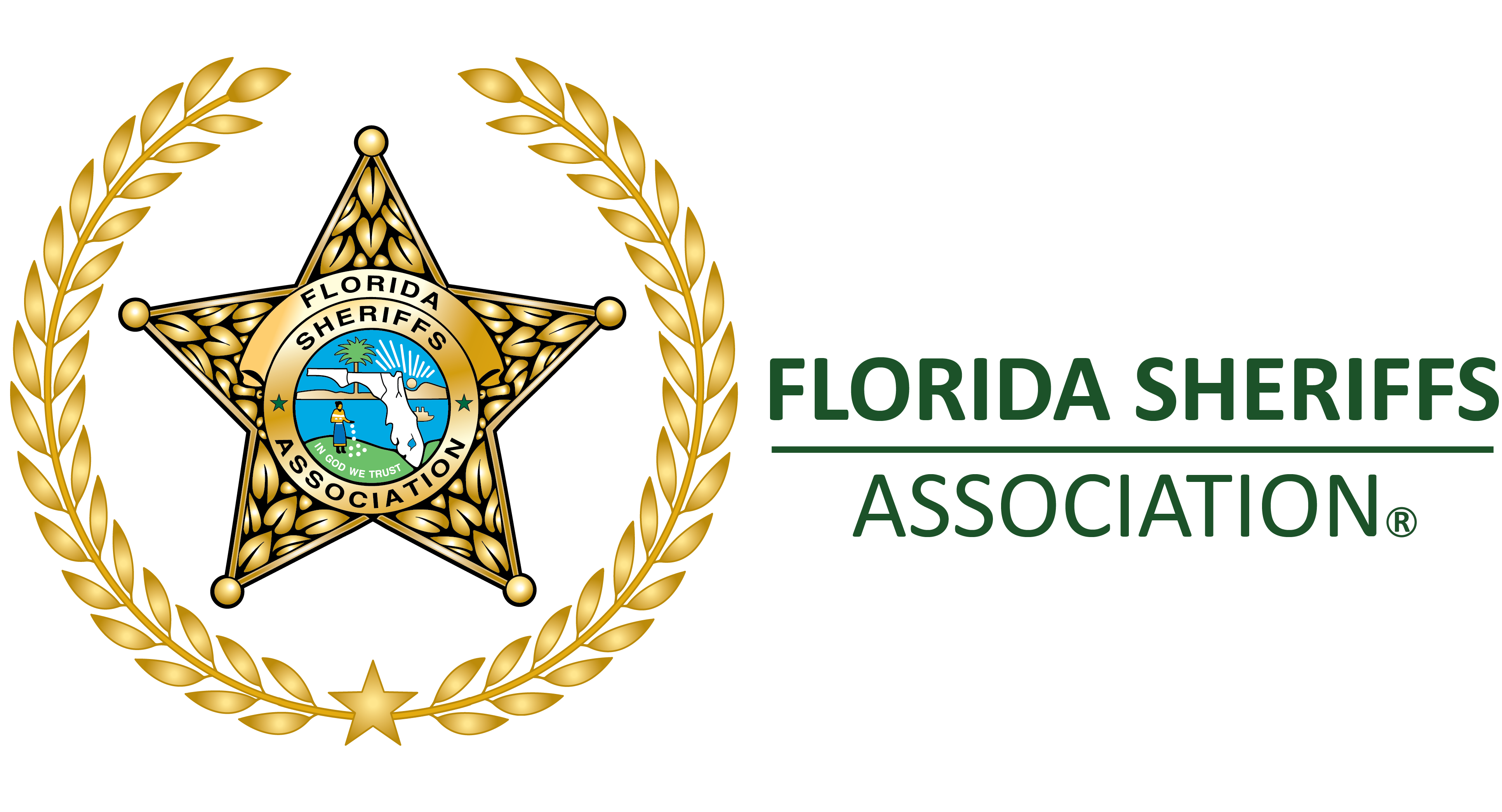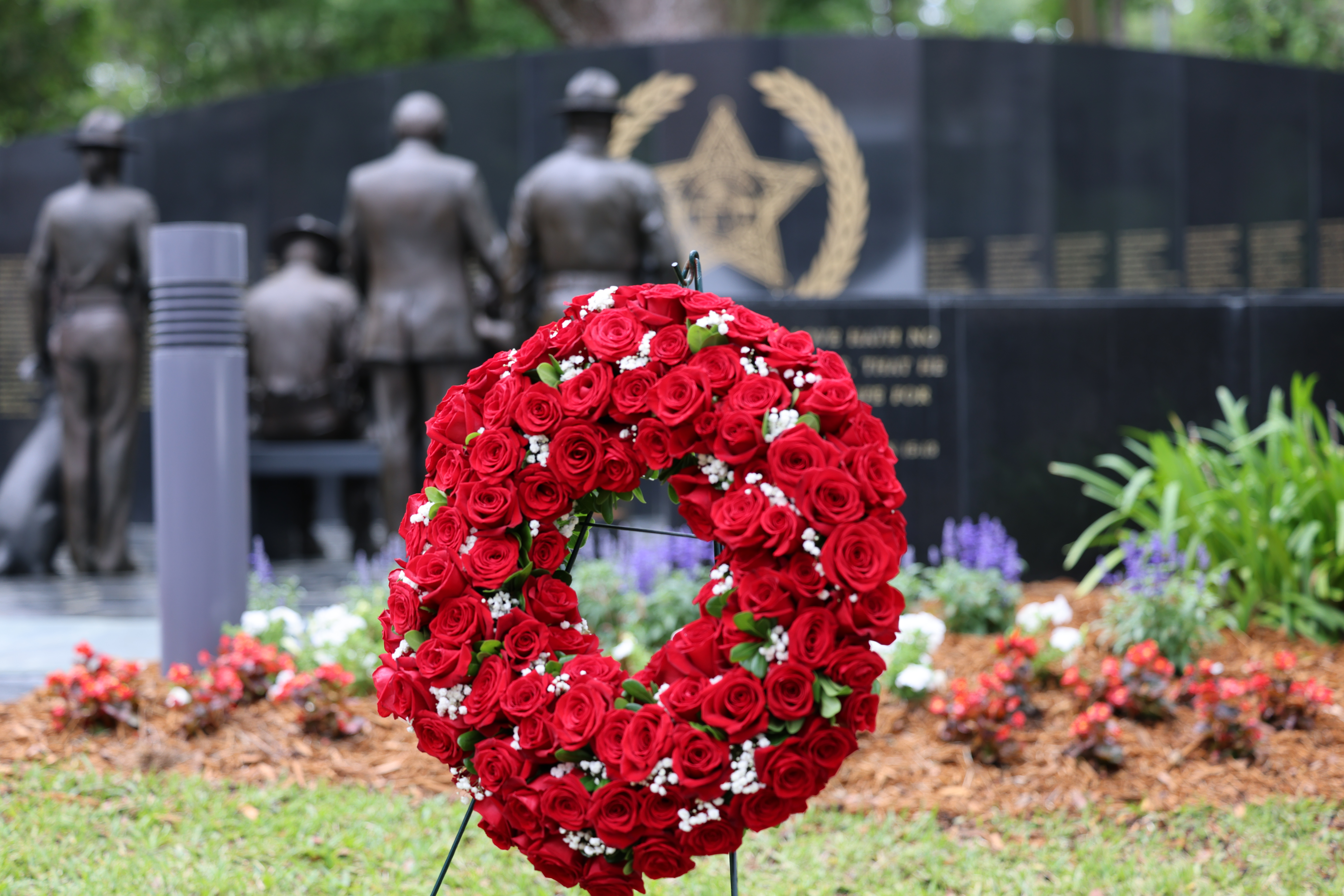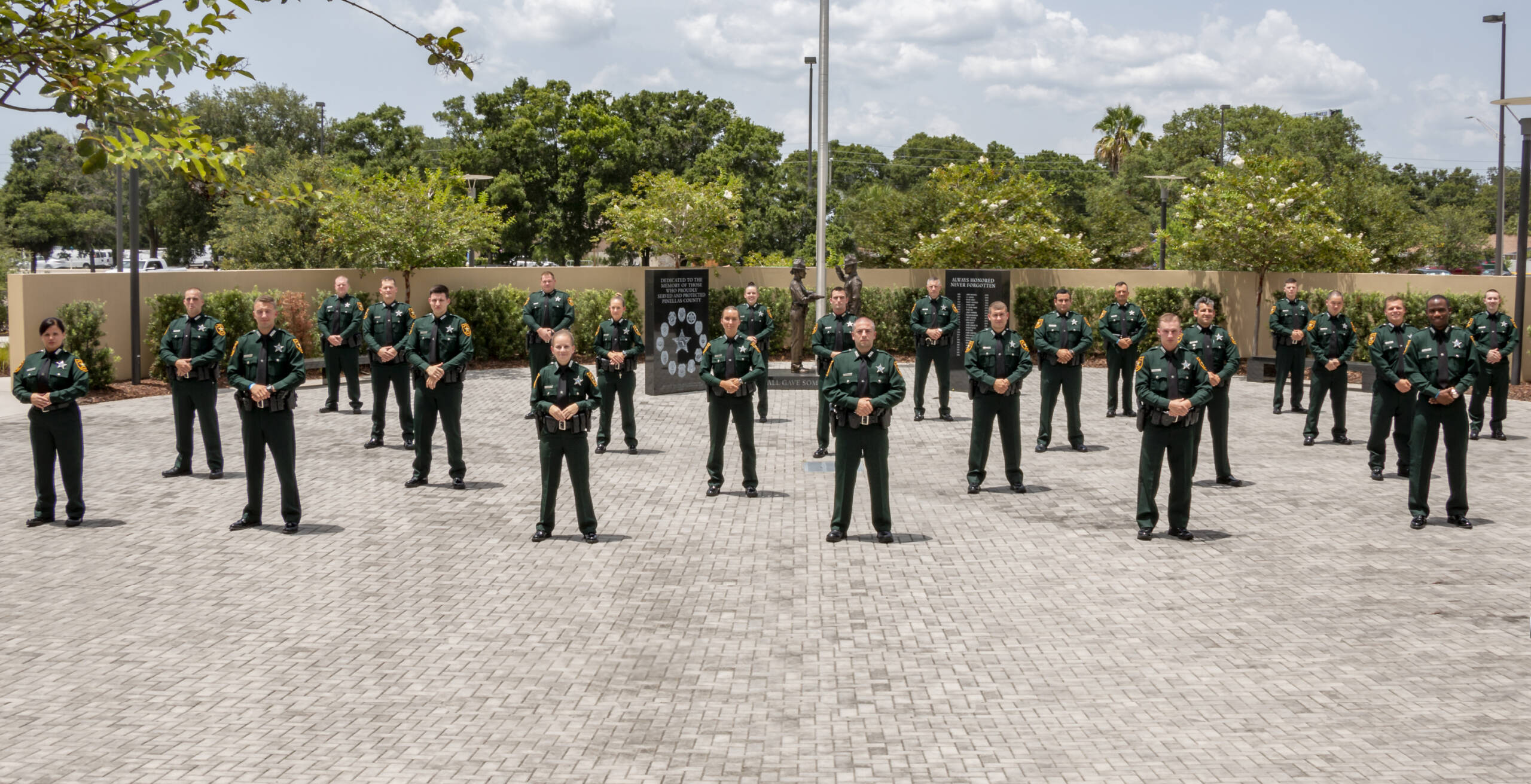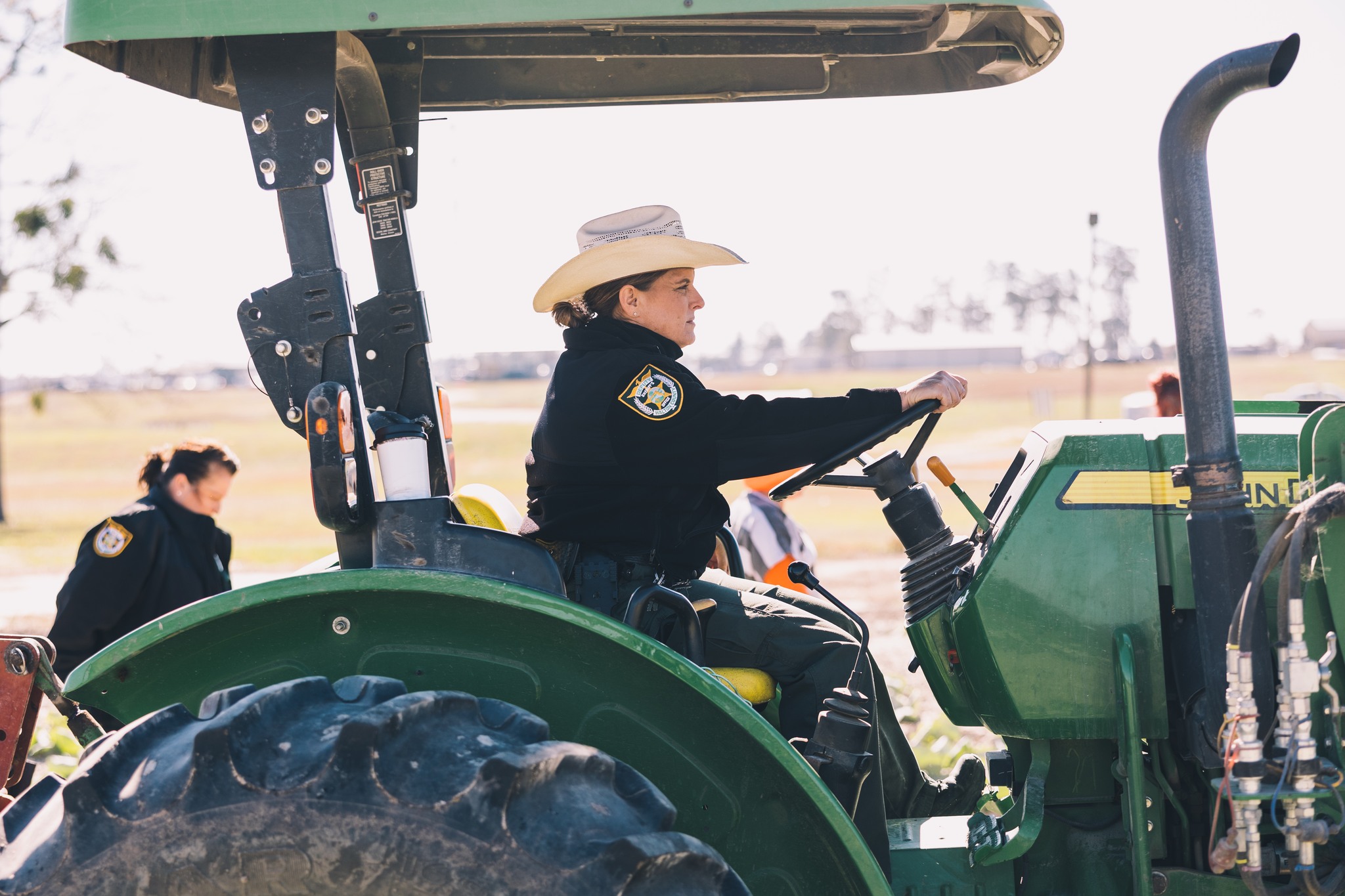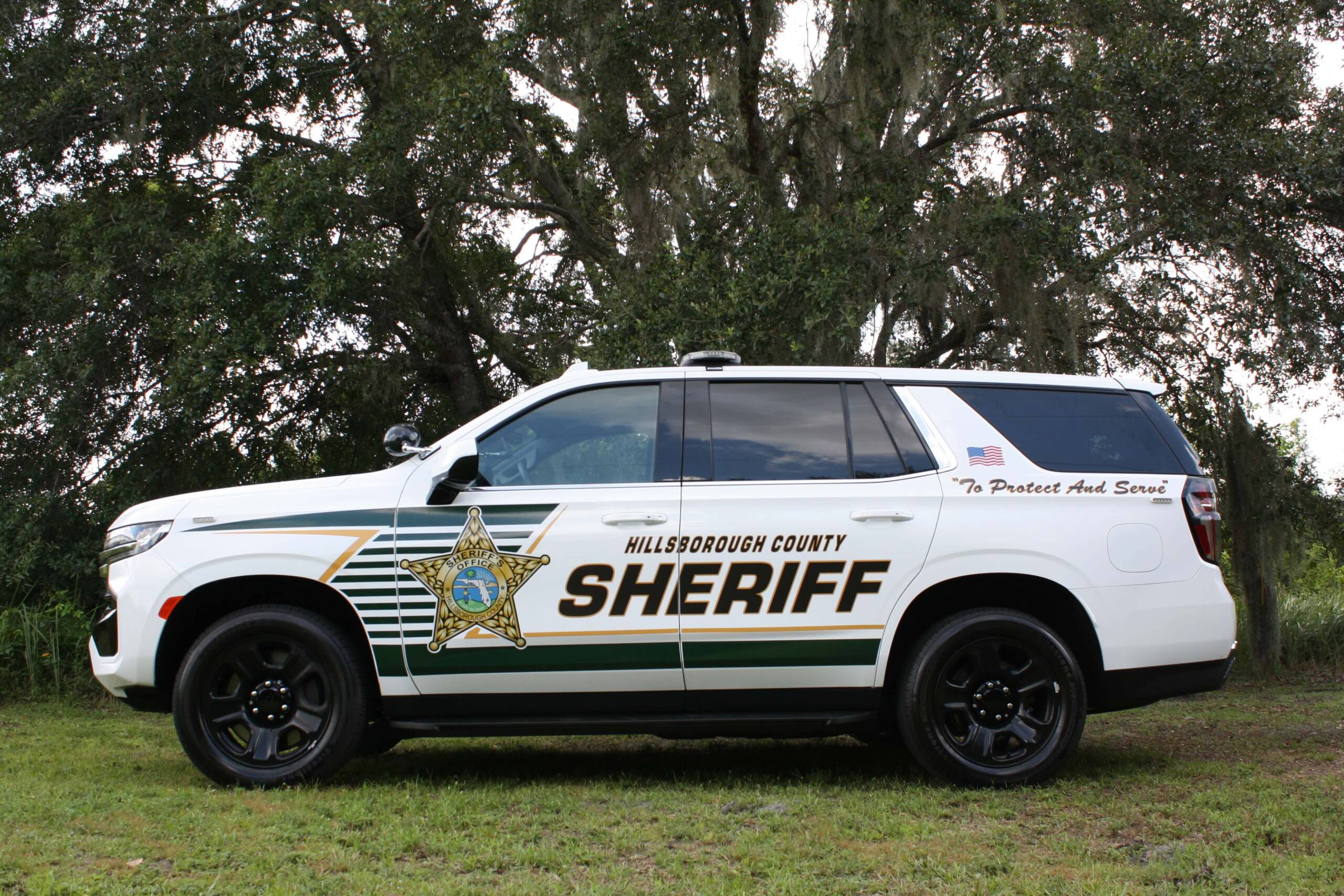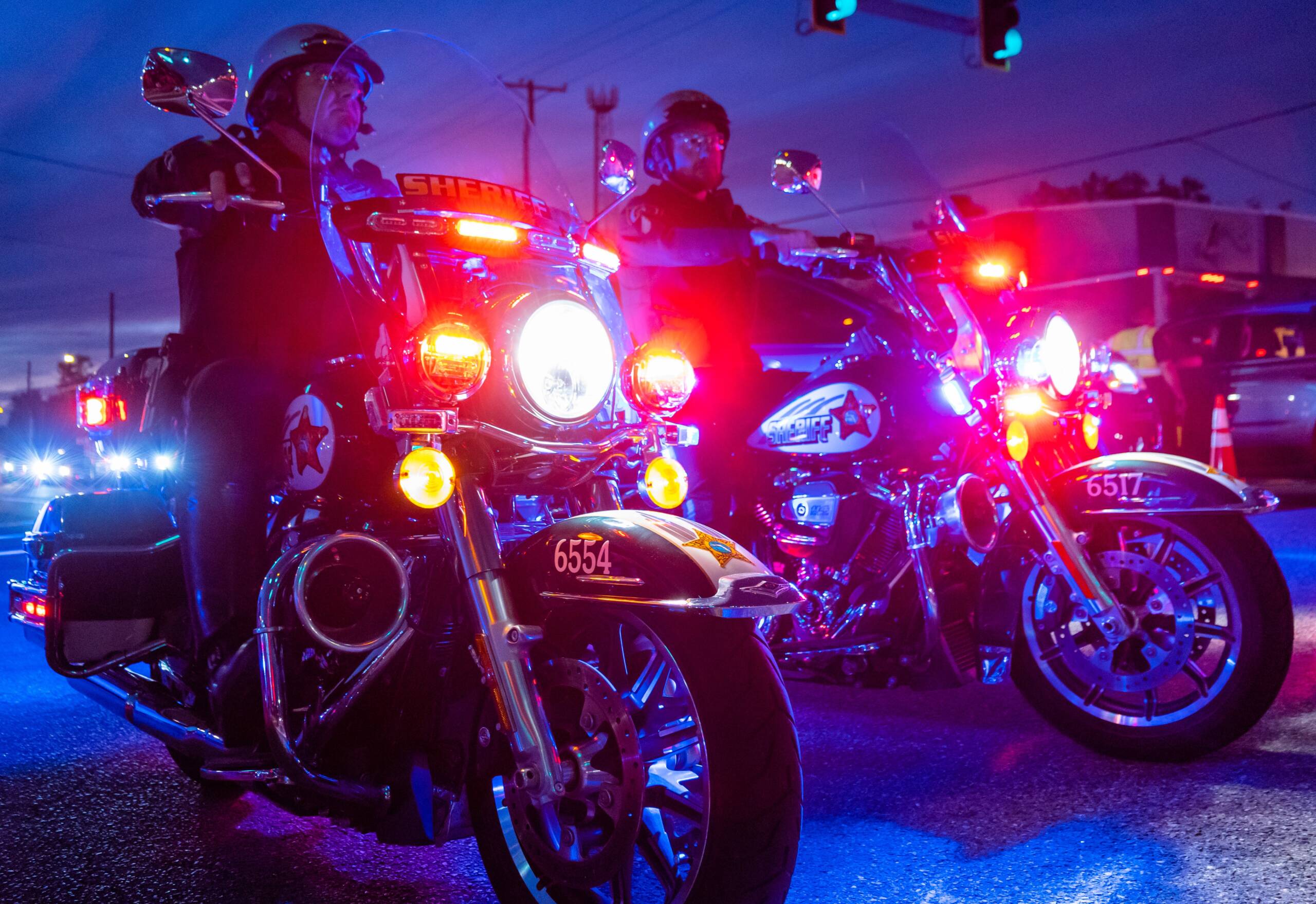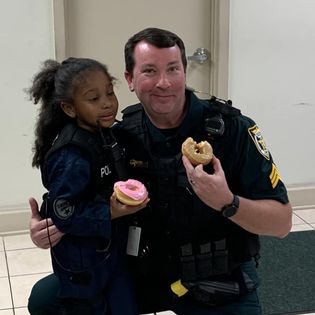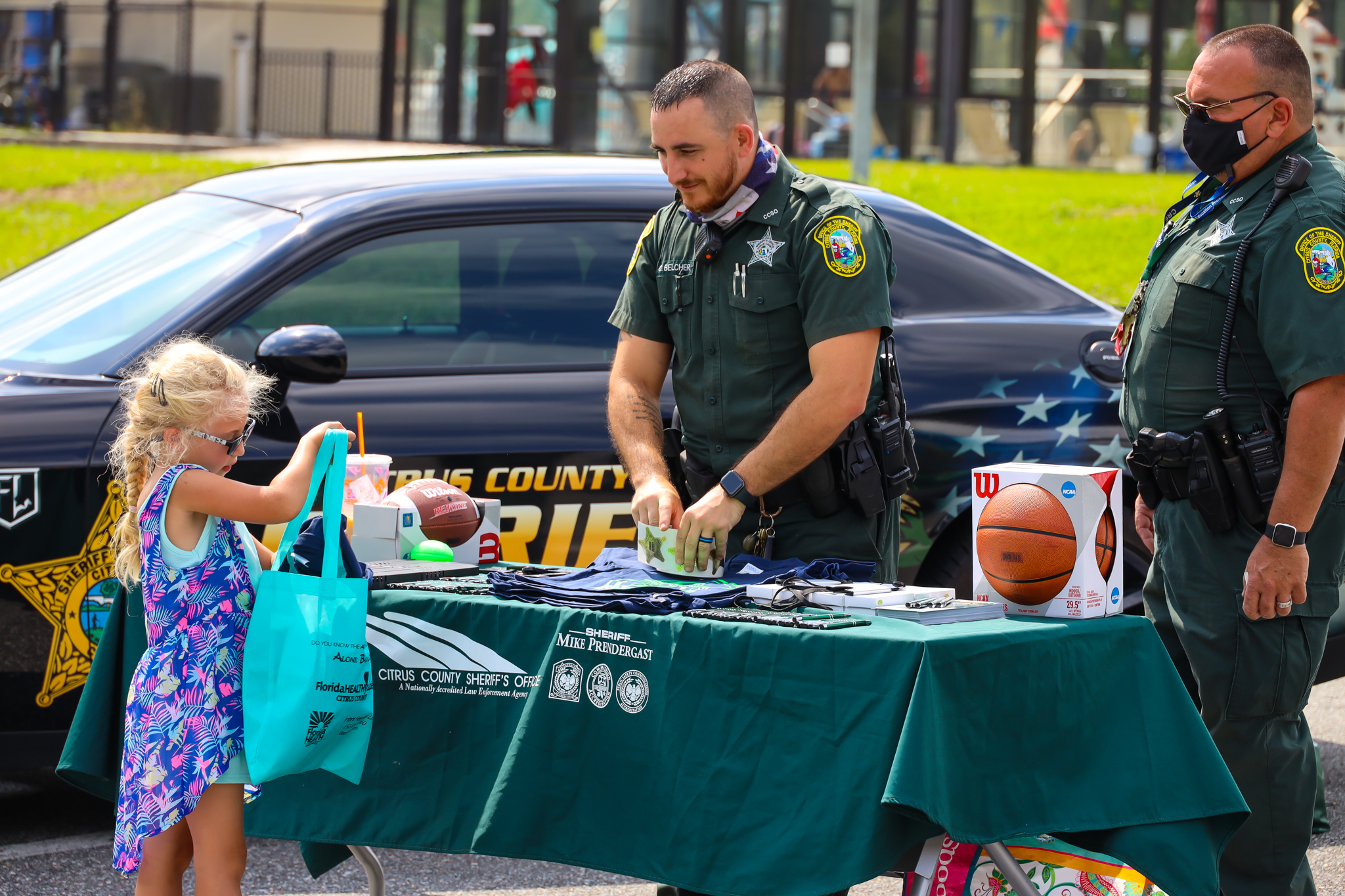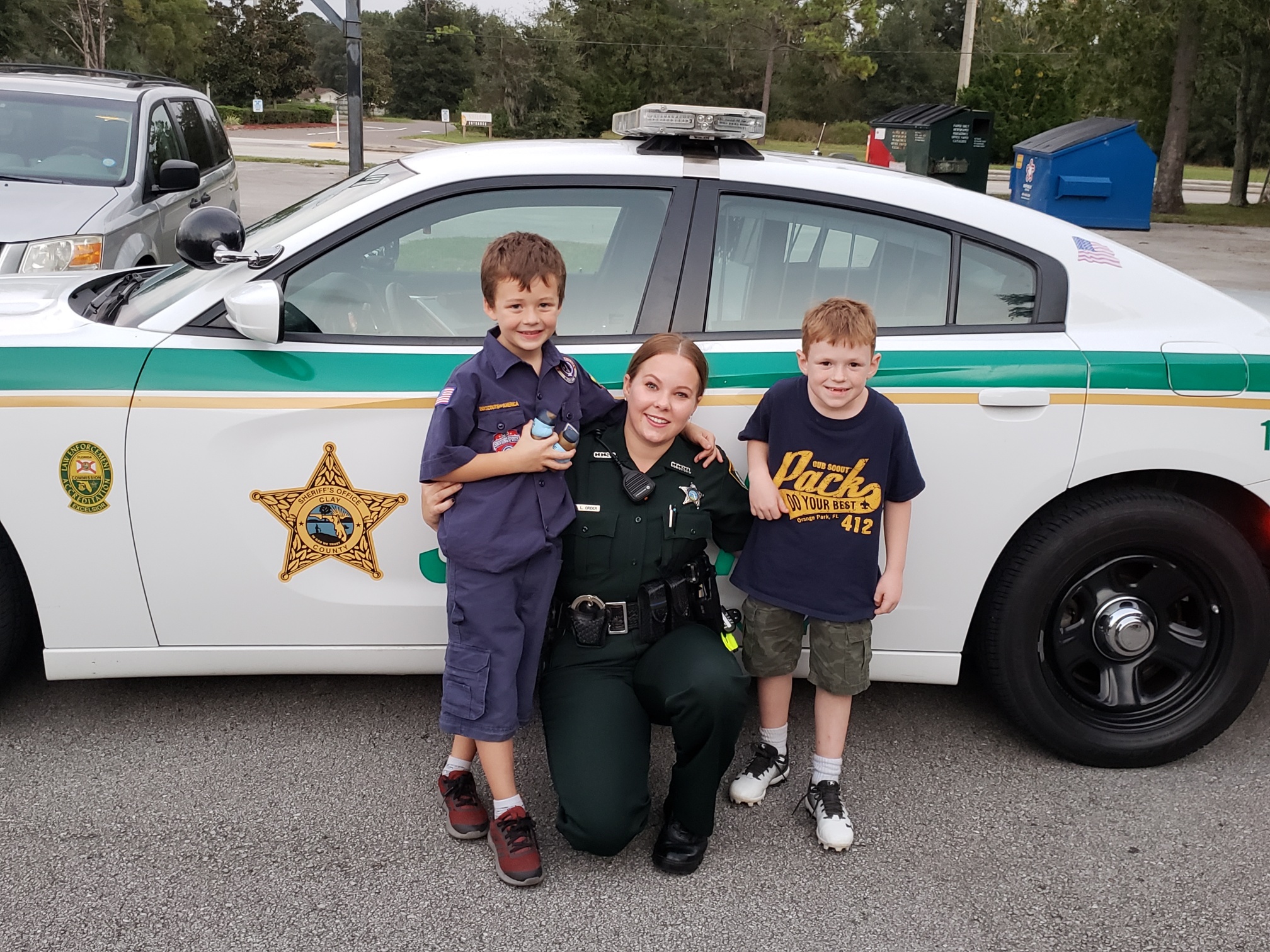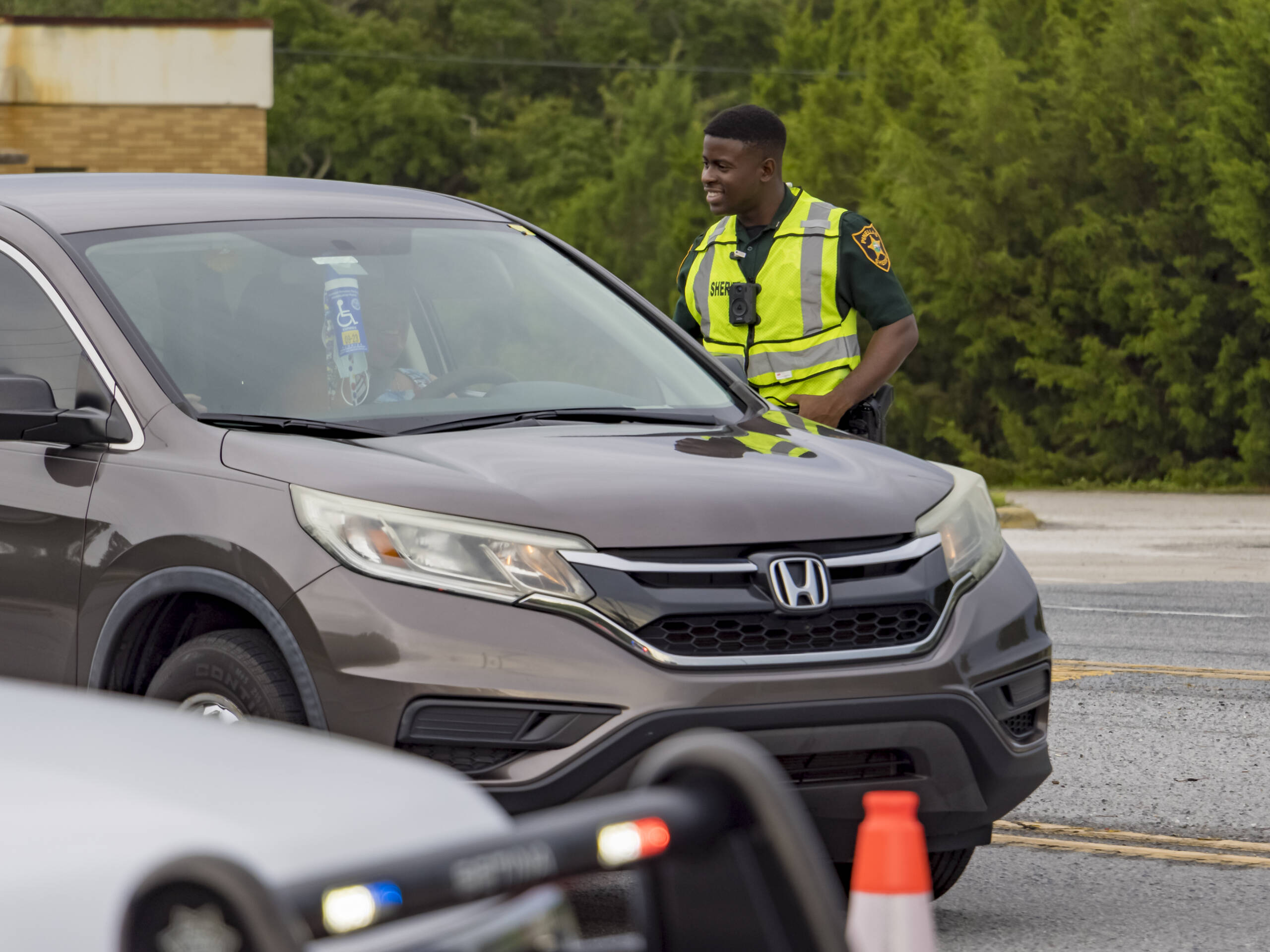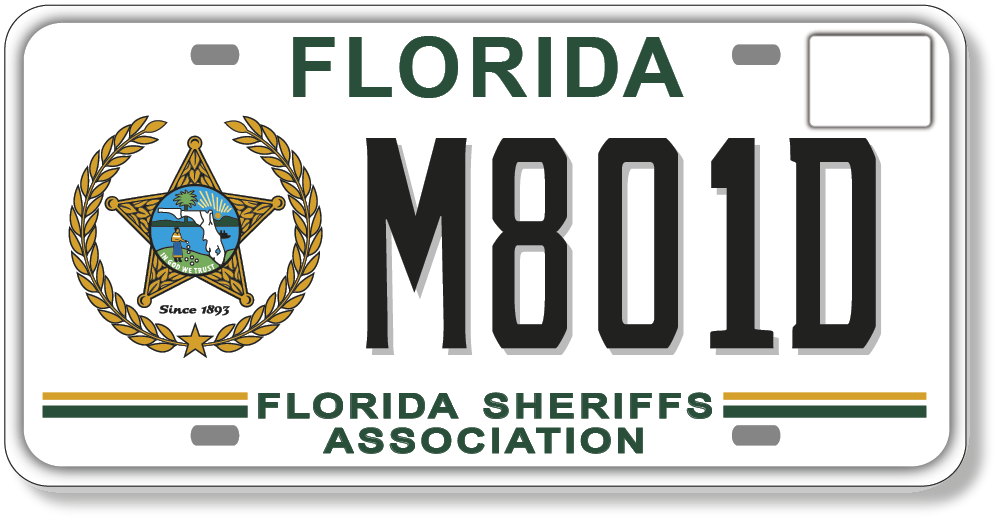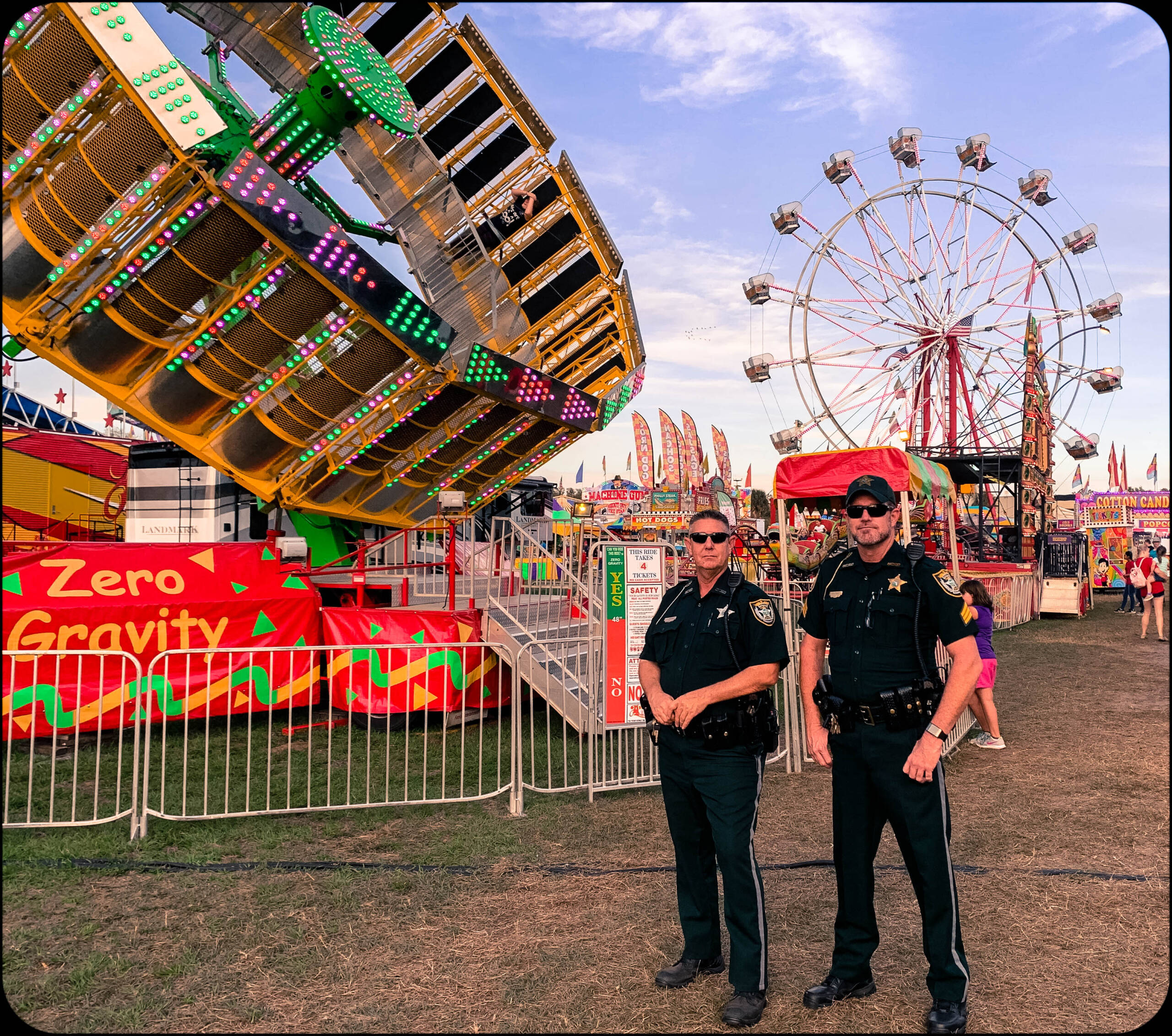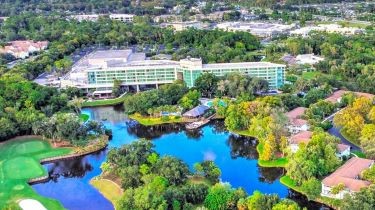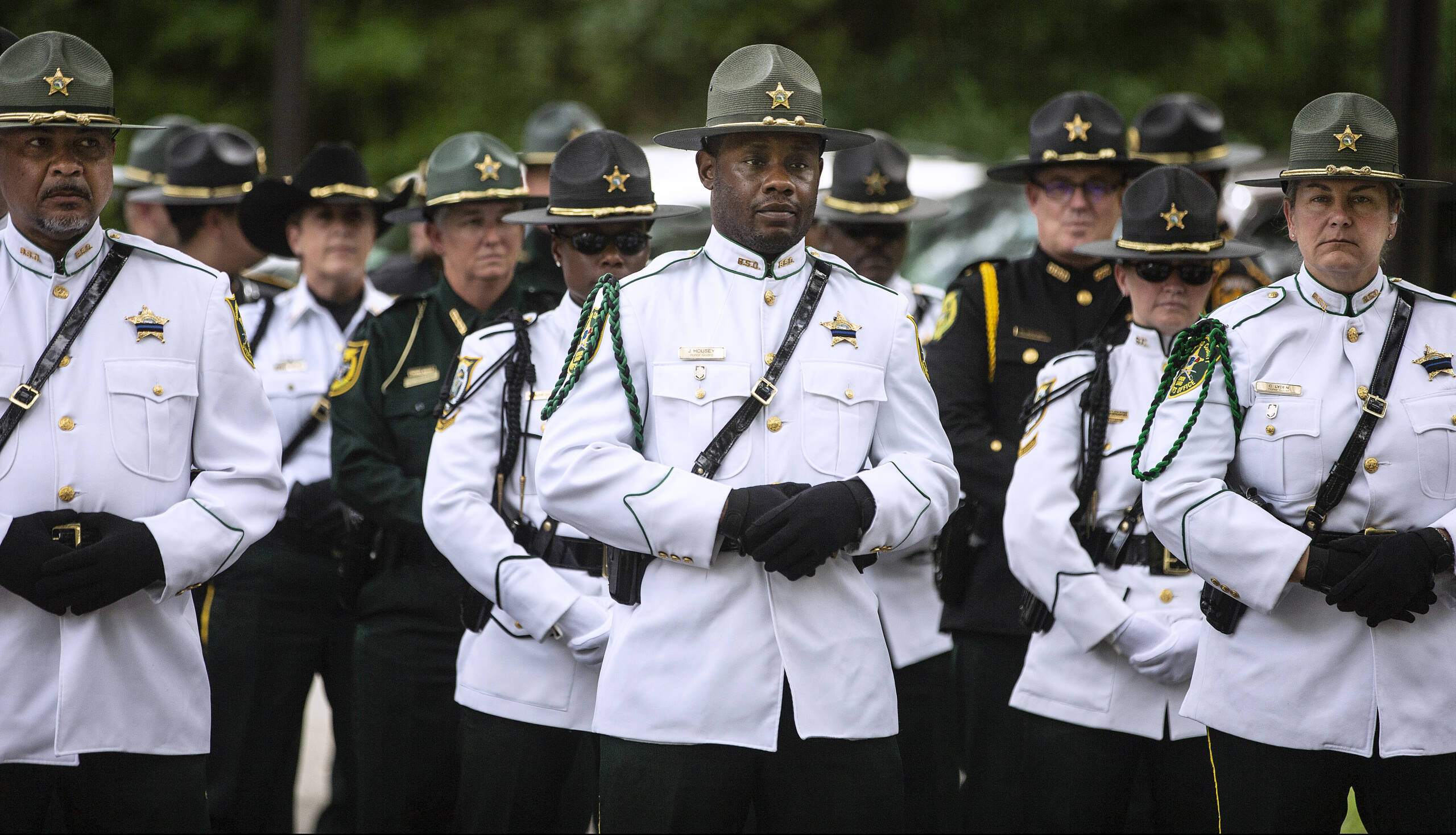The Longest Shootout
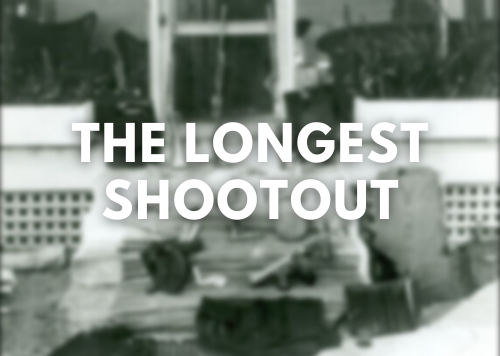
By David Brand
Law Enforcement Coordinator, Florida Sheriffs Association
At the height of the J. Edgar Hoover “Public Enemy #1” heyday, U.S. Justice Department agents, who would be referred to as FBI agents a few months later, tracked down notorious bank robbers and kidnappers Ma and her son Fred, to Ocklawaha, a sleepy little hamlet on the banks of Lake Weir in Marion County, Florida. There was no quick arrest. After approaching the rented house on January 16, 1935, at 5 a.m., and making their presence known, a gun battle ensued until 11 a.m. When the dust cleared, the two suspects had been killed, resulting in the longest gun battle in FBI history.

Director J. Edgar Hoover, FBI
A Crime Family Develops
Ma Barker was born Arizona Donnie Clark in Ash Grove, Missouri on October 8, 1873. In 1892 she married George Barker in Lawrence County, Missouri, and the couple had four sons: Herman (1893-1927), Lloyd (1897-1949), Arthur (1899-1939), and Fred (1901-1935).
Kate “Ma” Barker
Her sons became involved in crimes of increasing seriousness, eventually evolving into robbery and murder. Herman died on August 29, 1927, in Wichita, Kansas after a robbery and confrontation with police that left one officer dead. Herman killed himself to avoid arrest after being seriously wounded. In 1928, Lloyd was incarcerated in the federal penitentiary in Leavenworth, Kansas. Arthur was in the Oklahoma State Prison, and Fred was in the Kansas State Prison. At some time during this period, George, the father, left the family. He was later buried in Oklahoma in 1941 when he died of natural causes. From all accounts, Ma lived in abject poverty with George gone and her sons in prison until around 1930 when she began living with Arthur W. Dunlop in Tulsa, Oklahoma.
Public Enemy #1
Fred Barker was released from prison in 1931. He had become acquainted with Alvin Karpis, another inmate, while they were both serving time at the Kansas State Penitentiary in Lansing, Kansas. After their release, they were arrested in June 1931 in Tulsa for jewelry theft. Barker escaped from jail and, for some unknown reason, Karpis received a suspended sentence. On November 8, 1931, Fred and Alvin encountered the night marshal in Pocahontas, Missouri named Manley Jackson. Marshal Jackson began writing down the car’s tag number. He was taken hostage, driven to a nearby quarry, and killed.
During a series of robberies, Barker and Karpis killed Sheriff C. Roy Kelly in West Plains, Missouri on December 19, 1931, and fled the area along with Ma and Dunlop. Arthur Barker was released from prison in 1932 and joined the gang. Along the way, Arthur Dunlop, a jobless miscreant, apparently began to talk in public about the gang’s activities. He was found with a bullet in the head near Webster, Wisconsin.
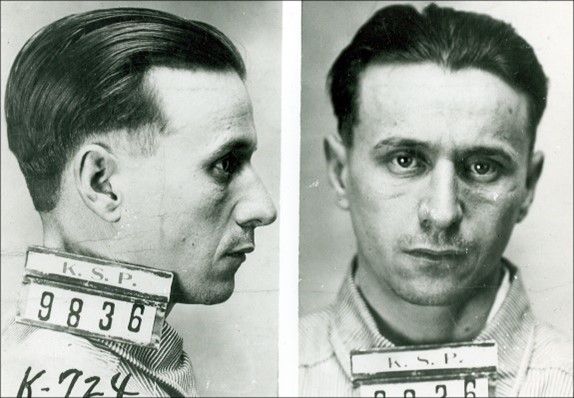
Fred Barker
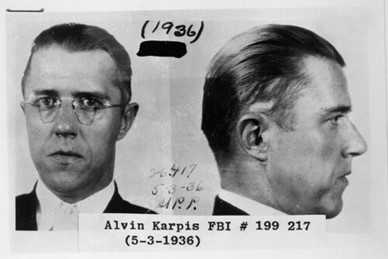
Alvin Karpis
While continuing with their thefts and robberies, the gang moved into the big time in June 1933 when they kidnapped William Hamm, heir to the Hamm Brewery in Minnesota. After receiving a $100,000 ransom, they returned him safely. In January 1934, they kidnapped Edward Bremer, a bank president and son of Adolf Bremer, president of the Jacob Schmidt Brewing Company, receiving $200,000 in ransom. This was the equivalent of about $4,360,000 today. The Bremer family was connected to President Franklin D. Roosevelt who soon brought the Justice Department in to investigate.
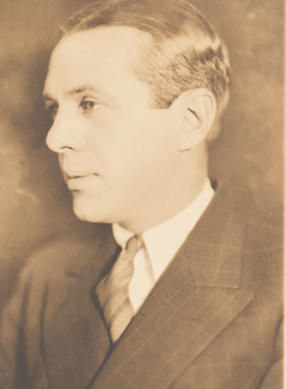
William Hamm
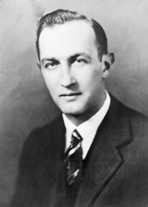
Edward Bremer
George “Shotgun” Ziegler, a member of the gang who had been instrumental in planning the kidnapping of Bremer, began to brag about the kidnapping to other underworld members. This resulted in Ziegler being shot to death as he came out of his favorite restaurant in Cicero, Illinois on March 22, 1934. This event proved valuable to law enforcement as Justice Department agents found names, addresses, and other valuable information in his pockets.
The Longest Shootout in FBI History
On January 8, 1935, agents led by Melvin Purvis captured Arthur “Doc” Barker in Chicago. He had in his possession a map of Florida with Lake Weir, in Marion County, circled. This led agents to the tiny village of Ocklawaha and eventually to the rented house occupied by Ma and Fred Barker at 13250 East Highway C-25. Around 5 a.m. on January 16, Justice Department agents led by Agent Earl Connelly, surrounded the house. After making his presence known, Agent Connelly told the occupants that if they came out, no one would be hurt. Ma Barker shouted out “Well, go ahead!” Tear gas was fired into the residence and gunfire was returned. Agents and the occupants shot at each other over the course of the next six hours with reportedly anywhere from 950 – 1,500 rounds being exchanged. By all accounts, it was a slow gunfight with sporadic firing. Finally, around noon, agents entered the house and found Ma and Fred both dead from gunshots. Agents found machine guns, rifles, pistols, and $14,293 in cash.
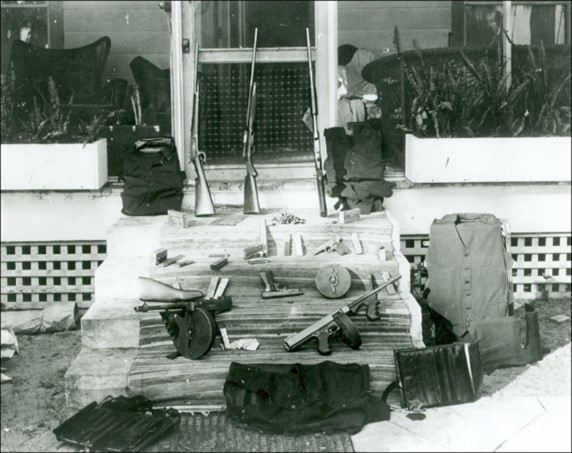
After the shootout
The Story Doesn’t End There
The bodies of Ma and Fred were taken to Sam Pyle’s Funeral Home in Ocala by undertaker Harold Martin and his assistant, F. L. McGeHee. The bodies were embalmed and put on display in the funeral home for the next eight months. The high volume of curious viewers wore the carpet out.
Years later, in a strange twist, F. L. McGeHee was elected sheriff of Marion County and served from 1957 until his death of a heart attack in 1960. Upon his death, the governor appointed his widow, Agnes McGeHee, sheriff. She served for a short time, making her the only woman sheriff of Marion County as of this writing. F. L. and Agnes McGeHee were the parents of former Ocala police chief and later Florida Department of Law Enforcement administrator Lee McGeHee.
After being on public display in Ocala, arrangements were made by a Joplin, Missouri attorney named Claude Kenney to bury the remains in the Timber Hill cemetery near the Oklahoma town of Miami. While enroute to Oklahoma, the hearse stopped briefly in Tallahassee for gasoline on Wednesday, September 25, 1935. The driver pulled into a gas station at the edge of the city and boasted that he had a couple of real bandits with him. “Oh, don’t worry,” he continued, “they’re dead.”
Alvin Karpis continued to commit crimes but was eventually captured and sent to Alcatraz. Between the robberies and kidnappings, he had ironically squirreled away untold large sums of money in different banks. He was eventually released on parole in 1969, wrote a book, and moved to Spain in 1973. He died on August 26, 1979, in Spain of either an overdose of sleeping pills or natural causes, depending on different accounts.
Click here to view the Barker graves: https://youtu.be/B27l91bhrhE
Today
The home where the shootout occurred was located on property owned by Carson Bradford, who bought the land in 1892. The two-story house was built in 1930 as a family vacation home. While it had never been rented, the Bradford family received a generous offer from a representative of Mrs. T.C. “Kate” Blackburn, describing her as a “sweet little old lady,” who was looking for an out-of-the-way cottage to spend time with her sons away from the cold northern winter. After the shootout, the house was never occupied again. In 2016, the property was sold and the house, with the actual furniture and bullet holes preserved, was moved to the Carney Island Recreation and Conservation Area on Lake Weir. It became a museum in 2018.
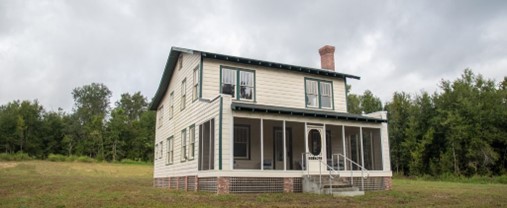
The Ma Barker house at its present location at the Carney Island Recreation Area
Click here to view the house where the shootout occurred: https://youtu.be/sr_cDv5F0Ps
